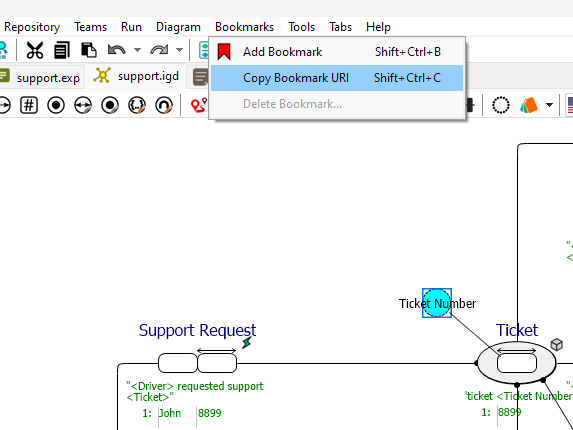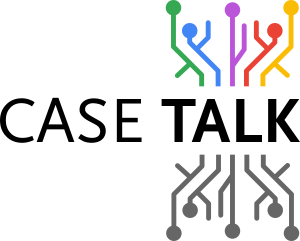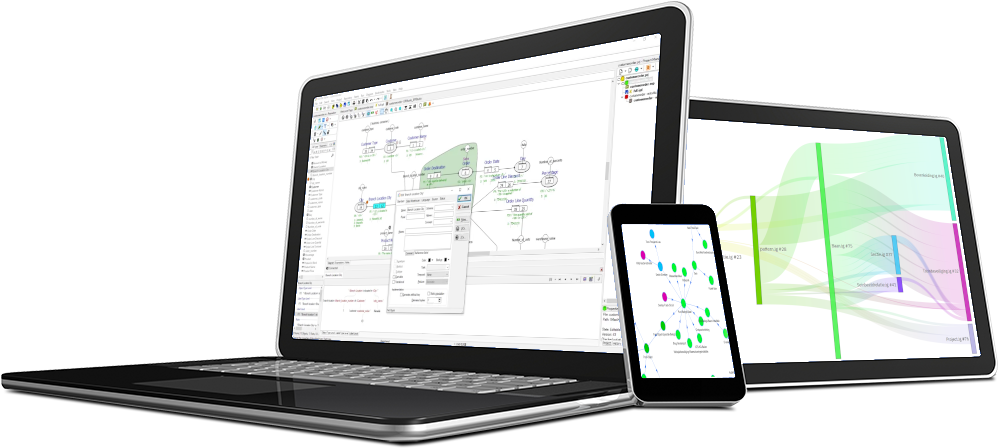Pilot FOM in Rotterdam
"As a centrally positioned Data Services team in Rotterdam, we wanted to explore the possibilities of Fact-Oriented Modeling (FOM) for several reasons:
- We see a gap between legislation and regulations, and operational systems, which is something Ronald Damhof also discusses.
- Due to digitalization (a computer is relatively simple), it has become clear that we need to be very specific in our definitions and regulations.
- Can FOM help identify ambiguity in, for example, the regulations applied to a municipality?
We wanted to investigate this in a pilot related to Rotterdam’s policies. We carried out the pilot internally by modeling a GLO (Data Delivery Agreement) process. The pilot was conducted in Casetalk with support from Marco Wobben."
Robert Jansen and Victor van der Kloet
Municipality of Rotterdam
Modeling Entities
When confronted with fact oriented modeling, it can be a little overwhelming. Especially for professionals who have spent years on modeling entities. These people miss the possibility to enter an entity, their attributes and the relationships. For those, we have added a wizard to get started.
CaseTalk Bookmarks
CaseTalk supports bookmarks by simply selecting anything in the Modeler, and go to the Bookmark menu in the main window. There the selected item can be added to the existing bookmarks, or can simply be copied. By copying the bookmark, the bookmark can be pasted outside of CaseTalk and functions as a URL. Similar to the protocol http:// or https://, now the casetalk:// will work.

Python DataClass
In response to Python's growing popularity among developers, CaseTalk extends its support to help developers align their work with business requirements. We've harnessed the power of Python's dataclasses to bridge this gap. However, dataclasses alone offer limited support for the rich conceptual information models in CaseTalk. To overcome this limitation, we've incorporated metadata support.
Legal Articles and Information
In the Netherlands, legal articles are readily available online, while IT systems play a pivotal role in the execution and enforcement of government policies. However, these two crucial domains often operate in isolation. When political shifts lead to policy changes, legal articles require updates. Yet, determining which IT systems require adjustments remains a challenge due to the lack of clear lineage, a concept known as vertical architecture.
Vertical architecture entails always knowing the reciprocal impact of your policies on systems and vice versa. It ensures transparency regarding why a system operates in a particular way and its underlying rationale.
Story telling
Welcome to the world of CaseTalk, where facts come alive, and data storytelling takes center stage. In the realm of information modeling, it's easy to get lost in the elementary parts, but fear not! With CaseTalk's innovative features, you can effortlessly retrieve the essence of your data story with just a click of a button. Let's explore some of the remarkable features that empower you to craft captivating narratives like never before.
News
Scheduled
-
3 days - Fact Based Modeling with CaseTalk
February 18, 2026 9:00 am


